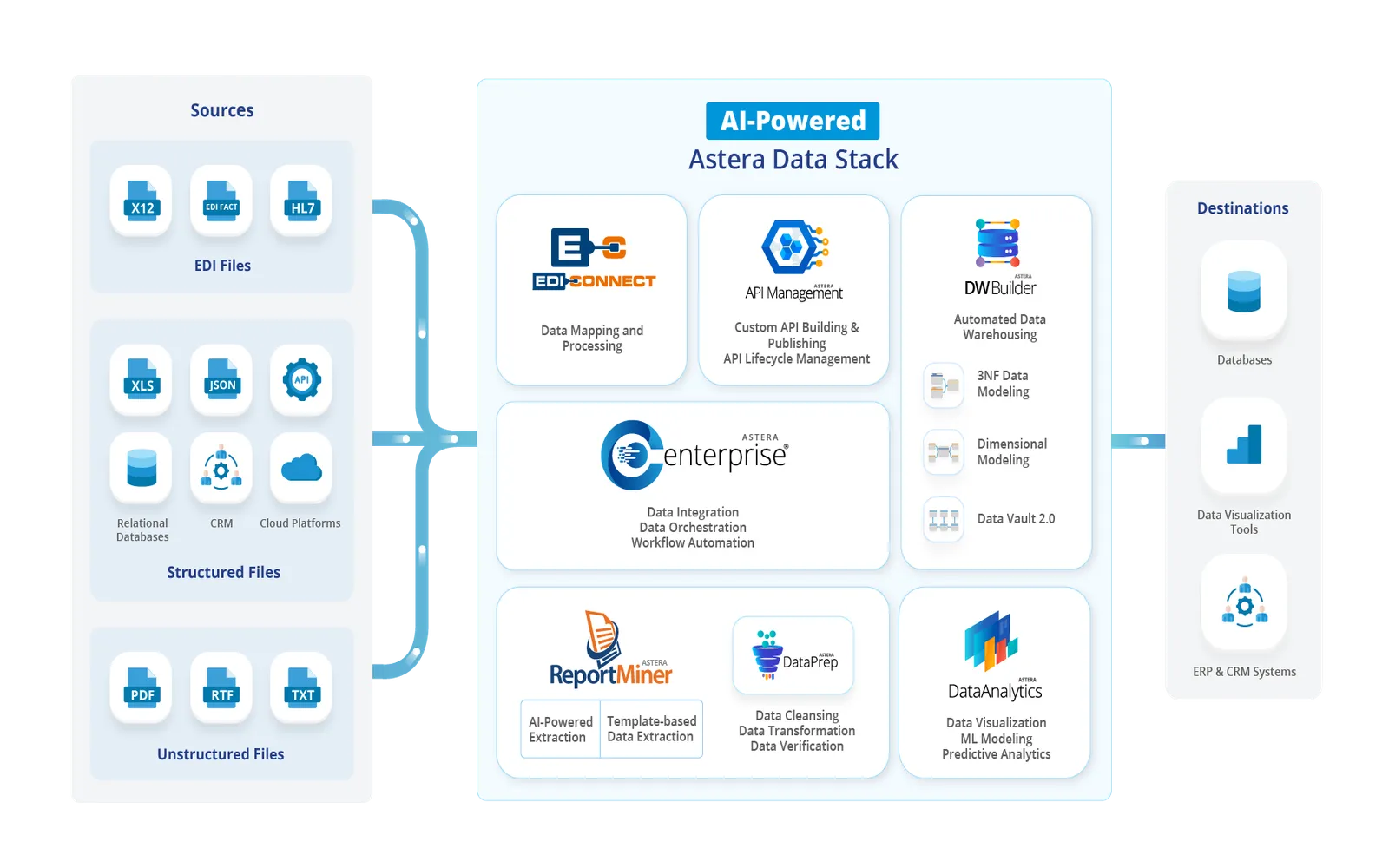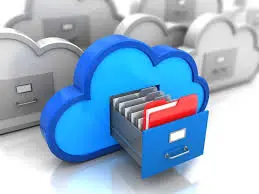In today's digital age, securing your cloud data is more critical than ever. With the increasing reliance on cloud services for storing personal and business information, it’s essential to understand how to protect your data effectively. Below are key strategies to help you secure your cloud data and keep it safe from potential threats.
1. Understand the Shared Responsibility Model
When using cloud services, it's important to recognize the shared responsibility model. Cloud service providers (CSPs) typically manage the security of the cloud infrastructure, while users are responsible for securing their data and applications within the cloud. Understanding this model can help you define your role in protecting your data.
2. Use Strong Passwords and Multi-Factor Authentication
One of the simplest yet most effective ways to enhance your cloud data security is to use strong passwords. Ensure that your passwords are complex, with a mix of uppercase and lowercase letters, numbers, and special characters. Additionally, enable multi-factor authentication (MFA) whenever possible. MFA adds an extra layer of security by requiring a second form of verification, such as a text message or authentication app, in addition to your password.
3. Encrypt Your Data
Data encryption is a vital step in securing your cloud data. Encryption converts your data into a code that can only be decrypted with a specific key. When storing sensitive information in the cloud, consider using end-to-end encryption, which ensures that only you can access your data. Many cloud service providers offer built-in encryption options, but you can also opt for third-party encryption tools for added security.
4. Regularly Update Software and Applications
Keeping your software and applications up to date is crucial for maintaining security. Regular updates often include patches for vulnerabilities that could be exploited by cybercriminals. Enable automatic updates when possible, and regularly check for updates on your devices and applications to ensure you're protected against the latest threats.
5. Implement Access Controls
Managing who has access to your cloud data is essential for preventing unauthorized access. Implement access controls by granting permissions only to those who need them. Use role-based access controls (RBAC) to restrict access based on user roles, ensuring that sensitive information is only accessible to authorized personnel. Regularly review access logs and permissions to maintain security.
6. Backup Your Data
Backing up your data is a fundamental aspect of cloud data security. Regular backups can help you recover your information in case of accidental deletion, data corruption, or a cyberattack. Choose a reliable cloud backup solution that automatically backs up your data at regular intervals. Additionally, consider keeping an offline backup for added safety.
7. Monitor Your Cloud Environment
Continuous monitoring of your cloud environment is essential for early detection of potential threats. Use security information and event management (SIEM) tools that provide real-time monitoring and alerts for suspicious activities. Regularly reviewing your cloud usage and access patterns can help you identify any anomalies that may indicate a breach.
8. Educate Yourself and Your Team
Cybersecurity is a shared responsibility, and educating yourself and your team about best practices can significantly enhance your cloud data security. Conduct regular training sessions to teach employees about the importance of data security, recognizing phishing attempts, and adhering to security protocols. A well-informed team is your first line of defense against potential threats.
9. Understand Compliance and Legal Regulations
Staying compliant with industry standards and regulations is essential for protecting your cloud data. Familiarize yourself with laws such as the Health Insurance Portability and Accountability Act (HIPAA) for healthcare data, the Family Educational Rights and Privacy Act (FERPA) for educational institutions, and the General Data Protection Regulation (GDPR) if you deal with European customers. Ensure that your cloud provider also complies with relevant regulations.
10. Choose a Reputable Cloud Service Provider
Finally, selecting a reputable cloud service provider is crucial for ensuring the security of your data. Research potential providers by examining their security features, compliance certifications, and customer reviews. Look for providers that offer strong encryption, regular security audits, and a clear incident response plan in case of a data breach.
Summary
Securing your cloud data is an ongoing process that requires diligence and proactive measures. By implementing these strategies, you can significantly reduce the risk of data breaches and ensure that your information remains safe. Remember, the key to effective cloud data security lies in understanding your responsibilities, using the right tools, and staying informed about emerging threats.
Cloud Security Best Practices Overview
| Practice | Description |
|---|---|
| Shared Responsibility Model | Understand your role in data security. |
| Strong Passwords & MFA | Use complex passwords and enable MFA. |
| Data Encryption | Encrypt sensitive data before storing it in the cloud. |
| Software Updates | Regularly update all software and applications. |
| Access Controls | Limit data access to authorized personnel only. |
| Data Backup | Implement regular data backups. |
| Continuous Monitoring | Monitor for suspicious activities in real-time. |
| Education & Training | Provide cybersecurity training for your team. |
| Compliance Awareness | Stay informed about relevant regulations. |
| Choose Reputable Providers | Research and select trusted cloud service providers. |








